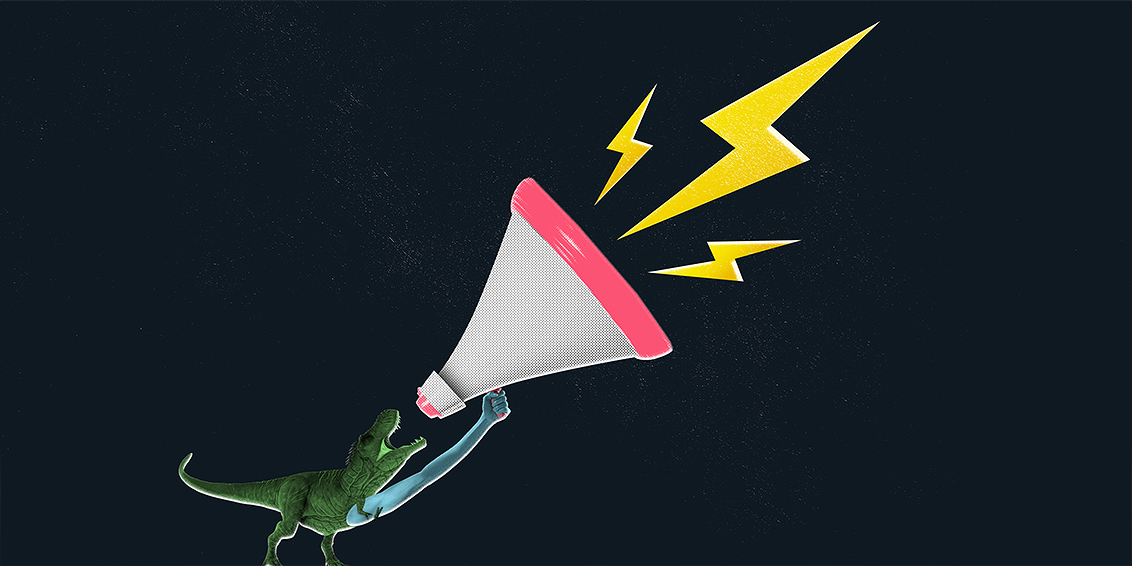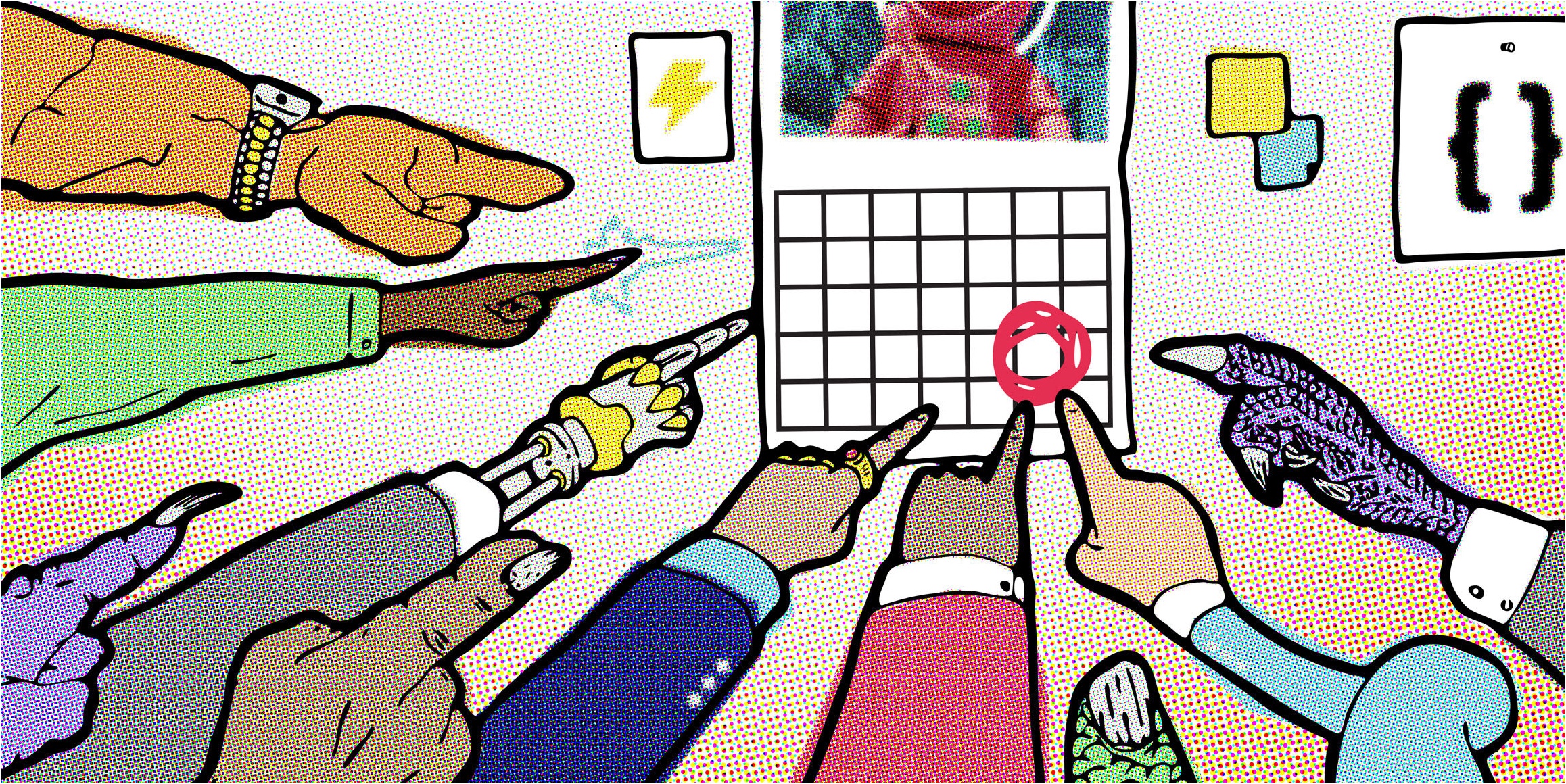Whether you're facing a backlog of deadlines or have been hitting a wall searching for a fresh creative solution to a brand problem, your only recourse is to seek help. However, once you’ve decided to hire an outside agency, integrating new partners with your internal processes poses a considerable challenge.
If your team needs supplemental resources, each potential addition to your design, development, and project management teams opens up new possibilities. And potential problems. For the most effective agency collaboration, you have to solve your internal, short-term obstacles by putting external skills to good use. But looking ahead, you need to move your brand forward by cohesively integrating outside creative resources with your team.
Ultimately, the benefits you stand to gain from adding a fresh perspective to your workflow is worth the headaches. But you have to organize the relationship carefully to retain order and allow productivity to flourish. If not, the addition of an outside agency could create as many problems as it resolves.

Communication is key in managing internal resistance to outside creative
Given the focus both your brand and audience require, it's no wonder internal teams often struggle to keep pace with a rapidly changing digital marketplace. Factor in the additional demands from your organization's stakeholders, and your internal marketing resources are quickly overwhelmed.
When implemented properly, your agency functions as an extension of your teams’ efforts rather than a separate replacement. But even as your teams are in clear need of additional support to meet your business needs, they won’t always respond well to adding outside resources.
When you’re supplementing an existing team, the real possibility exists of stepping on some toes. Some of your team members may wonder if introducing an agency means their expertise is being questioned, or if their jobs are at risk. Often, a hierarchy is at work where senior members of a department are open and accommodating to fresh perspectives where junior- to mid-level designers or developers will take a more adversarial approach.
In other instances, your internal responses will vary depending on which team is receiving the agency assistance. If an agency is coming on to remove a task from your design team's agenda, they will be receptive. Conversely, your development and project oversight teams may respond with suspicion. After all, any backlog these teams might be experiencing isn’t being addressed.
Part of the problem is your departments don’t typically have a say in how your producers outsource their work. In each of these cases, internal issues come down to communication.
When you introduce outside expertise, you have to clearly define the role of an agency to your teams. By underscoring the agency’s ability to reduce internal strain and explaining the reasoning behind the division of labor, you can minimize hard feelings before they start.

An agency perspective takes your problem solving in new directions
Hiring an internal design and development team means you have consistent, dedicated resources for whatever brand problems you encounter. Unfortunately, this benefit also comes with its own costs.
When an internal team works on your brand for too long, they begin to solve problems with the same solutions. A lot of companies fall into patterns that work from the assumption that each property needs to be approached in a particular way. Consequently, instead of pursuing a more innovative solution, your creativity is hampered by a familiarity bias toward ideas that have worked in the past.
If you choose an agency with experience in your industry, they can introduce fresh approaches that have been tested in other markets. By applying an expanded perspective, your brand is exposed to creative solutions you may not have expected.
When you’re working with the right creative partner, an outside agency will challenge your team’s perception of what ideas will work for your brand. Rather than rejecting an idea because a given stakeholder will never approve it, an agency will use their research and experience to approach your problem in a new way.
Developing patterns is part of human nature. By incorporating an outside voice that will approach your brand’s problem in even a slightly different way, you can find a different result and potentially uncover great work.

Agency partnerships alleviate deadline pressure and minimize risk
Incorporating an outside agency into your internal production process offers an assortment of benefits. As well as extending the reach of your existing teams, a fresh perspective allows you to manage deadline pressure of multiple projects.
However, along with managing potential resistance from internal teams, you may have to alleviate further uncertainty among your stakeholders. For large companies in the entertainment industry, you’re working with significant concerns about leaking information related to new products. When you’re evaluating an agency partner, you consider their experience managing security concerns. In the end, it doesn’t matter how strong a portfolio looks if they can’t keep your properties safe.
Your agency should be able to show you a clear outline of their processes to ensure nothing will be leaked. If they’re the right partner, they might have protective measures in place that you hadn’t yet considered. In the end, it’s not just your creative process that stands to benefit from a fresh perspective.

Adding an outside agency delivers solutions within your budget
The pressure of a looming target date clearly illustrates aspects of your workflow that need assistance. Depending on the size of your organization, your budget could also make an upcoming deadline that much more unreasonable. If you have two developers who will need six months to finish a project that’s due in a month, your best option is to bring on an outside agency.
When you’re pressed for time, hiring new team members takes too long and can deliver uneven results. When you bring in a proven agency, they can quickly provide resources that suit your budget.
By seamlessly incorporating the outside expertise you need, you can hit your deadline and maximize your return on investment. Given the prospective benefits, the potential downsides to agency collaboration don't look so difficult after all.


